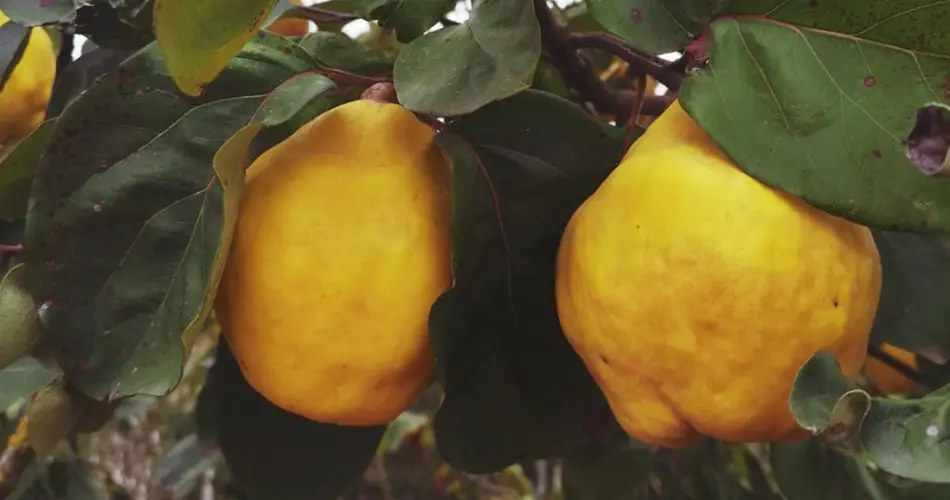Introduction:
Quince, also known as “mela cotogna,” is a captivating fruit often overlooked in supermarkets and markets. Scientifically named Cydonia oblonga, it originates from Western Asia and is cultivated worldwide for its numerous culinary uses and health benefits. In this article, we’ll delve into what quince is, its benefits, and present some delightful ways to enjoy it.
What is Quince?
Quince is a close relative of apples but stands out in terms of taste, texture, and appearance. Resembling a pear with a thick, tough skin, quinces mature into a yellow or green hue. The flesh is typically white or yellow and has a firm, granular texture when raw. Renowned for its fragrant aroma and tart taste when raw, quince transforms into a sweet delight when cooked.
Benefits of Quince:
Quince boasts a range of health benefits:
- Rich in Fiber: An excellent source of dietary fiber, quinces support good digestion and bowel regularity.
- High in Vitamin C: Packed with vitamin C, a potent antioxidant that strengthens the immune system and protects cells from free radical damage.
- Abundant in Minerals: Quince is a good source of minerals like potassium and copper, crucial for heart and nervous system health.
- Phytochemicals: Containing beneficial phytochemical compounds such as quercetin, phenols, and tannins, quince may help reduce inflammation and the risk of chronic diseases.
- Low in Calories: A low-calorie option for a healthy snack.
How to Enjoy Quince:
Quince is a versatile fruit with various consumption methods:
- Quince Paste (Cotognata): Cook mature quinces with lemon juice until soft, sieve them, and boil the puree with an equivalent amount of sugar to achieve a jam-like consistency. Pour into molds and let it rest for a few days.
- Cooked: Baking, boiling, or making jams and jellies are common ways to enjoy the sweet, tender flavor of cooked quince.
- Jams and Jellies: Quince’s high pectin concentration makes it perfect for crafting delicious jams and jellies.
- Dried Fruit: Dehydrate quince to create a nutritious and tasty snack.
- Fruit Salads: Add diced quince to fruit salads for a touch of acidity and aroma.
- Infusions and Teas: Quince leaves can be used to prepare aromatic infusions and teas, offering a relaxing and healthy beverage.
- Meat and Cheese Condiments: Quince is often used to prepare sauces or condiments that pair well with meat and cheese dishes.
Conclusion:
In conclusion, quince is a remarkable yet often overlooked fruit that provides a wide array of health benefits and delicious ways to be enjoyed. Beyond pleasing the palate, quince can enrich your diet with essential fibers, vitamins, and minerals. The next time you come across quince at the supermarket, don’t hesitate to bring it home and explore all its delightful culinary possibilities.
